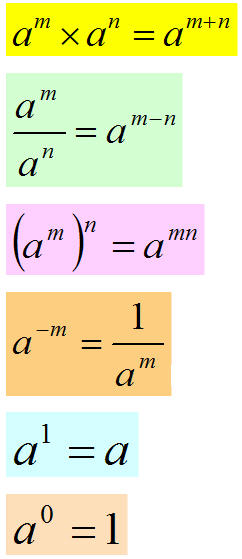Hello mathlings. Be sure to study for our Chapter 3 assessment on Wednesday! :)
Calculators will be allowed for most of the test. Bring one to class. The only section on which you will not be able to use a calculator is adding and subtracting decimals.
Please read the following very carefully:
Each answer will be worth TWO points.
1 point will be given for the correct answer.
1 point will be given for showing your work IF your work is labeled with the corresponding number and if I can read your work.
What's going to be on the test?
There will not be any questions from sections 1 or 2; however, please keep the principles of rounding and estimating in mind as you may need to round an answer to the nearest place-value. It's always, always,
always a good idea to estimate your answer before doing the actual math - that way you have a benchmark to look back on and compare your answer. If it's way different than your estimate, you may want to redo the problem.
Questions on the test will be based on what we covered in sections 3 through 6:
3-3: Measures of Central Tendency
-
Mean: Add 'em up and divide by how many pieces of data you have (also known as the average)
-
Median: First,
order the data from least to greatest; then, find the middle number (or the mean of the two middle numbers if there are two)
-
Mode: The number(s) which appear most often
-
Range: Highest value - lowest value
-
Outliers: Any number that's much, much lower or higher than the rest of the data
3-4: Solving Forumlas
- You will be given the formula in order to solve; you don't need to memorize any formulas.
- Plug in the values that you have for the corresponding variables
- Solve for the unknown
-Remember to include your units
3-5 and 3-6: Solving Equations with Decimals
The rules for solving equations with decimals are the same for solving equations with whole numbers. The goal is still to get the variable by itself.
1. Figure out "what's happening" to the variable.
2. Do the
opposite of that to
both sides of the equation.
3. Remember your integer rules, especially if you aren't using a calculator.
Adding and Subtracting Decimals:
If you still have the worksheet on which we practiced adding and subtracting decimals, look over that to study. Otherwise make sure you take notes tomorrow in class while we review. Remember when you add/subtract decimals that you:
1. Line up the decimals
2. Carry the decimal down before you solve
3. Solve the problem as though there are no decimals. Your decimal will already be correctly placed in your answer.
See you tomorrow! Bring your smarticles!




